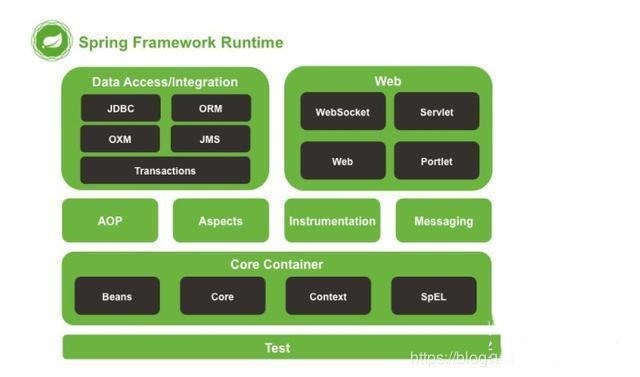二叉树的序列化与反序列化
为了方便自己测试二叉树相关的代码,需要根据层序遍历快速反序列化一颗用于测试的二叉树,这样可以很方便的写测试用例。
因此简单梳理一下基于层序遍历的二叉树的序列化问题。
LintCode地址:https://www.lintcode.com/problem/serialize-and-deserialize-binary-tree/description
举例说明:

序列化过程
与层次遍历相同的是:元素出现的次序与层序遍历相同;与层序遍历不同的是:增加的#,只要是非最后一层的节点,如果孩子为空,就需要用#表示。
在序列化的过程中,用ArrayList结构来存储层次遍历的TreeNode,将每层的节点存储到ArrayList当中,用StringBuilder来拼接序列化的结果。
ArrayList控制了层序遍历的方向: 在ArrayList上的指针不断后移,如果指向的节点不为空,将指向节点的左孩子和右孩子放入到ArrayList当中。而StringBuilder在遍历过程中不断添加节点值或者#构造结果。注意因为是序列化,当该节点的孩子节点为空,需要在String结果中添加#体现。
反序列化过程
字符串处理获取到字符串数组,根据字符串数组构建二叉树。我们可以观测一个非常使用的规律:对于不为#的节点,所有节点的左右孩子节点都依次排在list当中。
所以,我们可以设定父节点指针index,设定当前节点指针。当前节点指针构造节点之后,作为左节点或者有节点挂载在index指向的父节点上。当index的左、右孩子都处理之后则index后移,那么可以设置一个isLeftChild的标识位,如果当前是isLeftChild则当前节点是父节点的左孩子,反之则为右孩子。每次对右孩子处理完之后index指针就需要后移。
换句话说,要注意控制父节点指针index的移动时机,还需要确定当前节点是父节点的左孩子还是右孩子。
import org.junit.Test;import java.util.ArrayList;/*** @author wanglong* @brief* @date 2019-09-10 08:56*/// Definition of TreeNode:public class SerializeAndDeserializeBinaryTree {class TreeNode {public int val;public TreeNode left, right;public TreeNode(int val) {this.val = val;this.left = this.right = null;}}/*** This method will be invoked first, you should design your own algorithm* to serialize a binary tree which denote by a root node to a string which* can be easily deserialized by your own "deserialize" method later.*/public String serialize(TreeNode root) {// write your code hereif(root == null)return new String("{}");ArrayList<TreeNode> list = new ArrayList<>();list.add(root);for(int i = 0; i < list.size(); i ++){TreeNode curNode = list.get(i);if(curNode != null){list.add(curNode.left);list.add(curNode.right);}}while(list.get(list.size() - 1) == null)list.remove(list.size() - 1);StringBuilder sb = new StringBuilder("{");sb.append(list.get(0).val);for(int i = 1; i < list.size(); i ++){if(list.get(i) != null){sb.append(",");sb.append(list.get(i).val);}else{sb.append(",#");}}sb.append("}");return sb.toString();}/*** This method will be invoked second, the argument data is what exactly* you serialized at method "serialize", that means the data is not given by* system, it's given by your own serialize method. So the format of data is* designed by yourself, and deserialize it here as you serialize it in* "serialize" method.*/public TreeNode deserialize(String data) {// write your code hereif(data ==null || data.equals("{}") || data.length() == 0)return null;data = data.substring(1, data.length() - 1);String[] strs = data.split(",");ArrayList<TreeNode> nodeList = new ArrayList<>();TreeNode root = new TreeNode(Integer.parseInt(strs[0]));nodeList.add(root);boolean isLeftChild = true;int index = 0;for(int i = 1; i < strs.length; i ++){if(!strs[i].equals("#")){TreeNode curNode = new TreeNode(Integer.parseInt(strs[i]));if(isLeftChild)nodeList.get(index).left = curNode;elsenodeList.get(index).right = curNode;nodeList.add(curNode);}if(!isLeftChild) //index计数后移(#和非空节点都需要进行)index ++;isLeftChild = !isLeftChild; //左右子节点替换(#和非空节点都需要进行)}return root;}@Testpublic void test(){//test caseSystem.out.println(deserialize(new String("{3,9,20,#,#,15,7}")));}}



































还没有评论,来说两句吧...